-
The Historic Old Whaling Station in Monterey
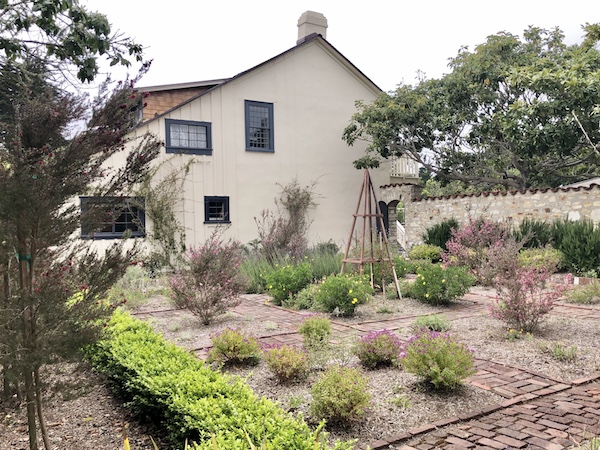
Monterey has a very colorful history. Part of that history includes the whaling industry. Just footsteps from Fisherman’s Wharf, you can view the remnants of that long ago era at the Old Whaling Station.

The Old Whaling Station’s history begins with David Wight. Mr. Wight built an adobe home for his family here in 1847 based on his ancestral home in Scotland. The Wights lived here for only a few years before joining the gold rush in 1850.

An original try-pot located behind the Old Whaling Station. After Mr. Wight’s departure, Portuguese whalers employed by the Old Monterey Company began working at the site in 1855. Second floor windows of the home were used to spot whales. After the whales were killed, their blubber was cut into pieces and rendered in huge iron “try-pots” on the beach in front of the Old Whaling Station. Whenever I hear “try-pots”, I think of the famous novel by Herman Melville, Moby Dick, and the “fishiest of all fishy places”, the “Try Pots”, where “pots were always boiling chowders. Chowder for breakfast, and chowder for dinner, and chowder for supper, till you begin to look for fishbones going through your clothes.”

The Old Whaling Station is just a short walk from Fisherman’s Wharf. The Whaling Station was in operation here for approximately 30 years. The whaling industry was spurred by an increased demand for a variety of products during the 19th century. Whale oil was used for lamps, soap, perfume and cosmetics. Whale bone was used for corsets, sizing poles, hoops for women’s skirts, and umbrellas, and blubber was used for cooking and machine oil and margarine.
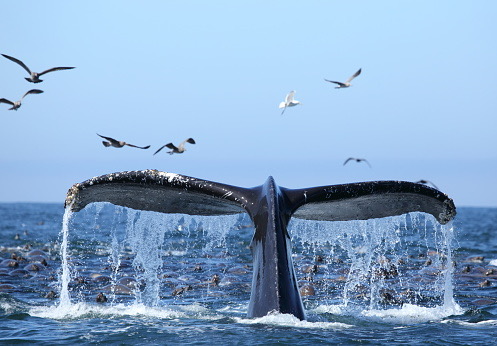
Humpback Whales diving and feeding in Monterey Bay. By the 1930s, many whale populations became endangered due to massive hunting. Thankfully, whale hunting is outlawed in most countries today. Whales are staunchly protected in the Monterey area, and a plethora of whale-watching cruises are available year round (pre-pandemic), departing from Fisherman’s Wharf in Monterey and further north in Moss Landing.

Whalebone used to create sidewalk in front of the Old Whaling Station. While you are here, check out the walkway in front of the building. Whalebones, which were found plentifully on the beach here during the whaling heyday, were cut and trimmed as paving blocks for a sidewalk. The whalebone sidewalk here is one the last of its kind remaining in the United States.

Monterey’s first brick house is located just adjacent to the Old Whaling Station. The Junior League of Monterey currently leases the Old Whaling Station from California State Parks and allows the adobe and gardens to be used for weddings and other events. For more information, see Old Whaling Station or contact the Junior League of Monterey at 831-375-5356. The historical building hours prior to the pandemic were Tuesday through Friday, 10 am to 2 pm. Although the building is now closed, the garden remains open.
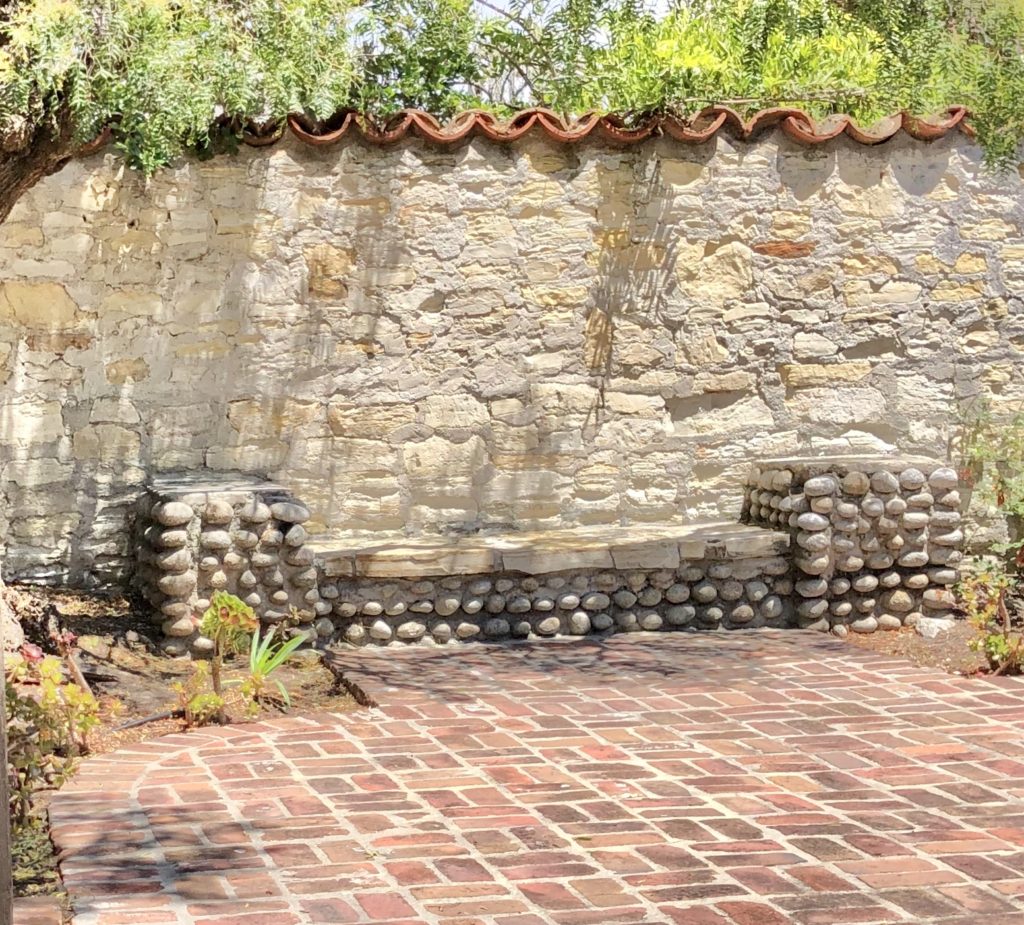
Thank you for visiting my blog. I hope you are able to visit Monterey and see the Old Whaling Station. To learn more about Monterey, you may enjoy my other posts including Adventures at the Monterey Bay Aquarium, Whale Watching & More at Fisherman’s Wharf, The Secret Gardens of Historic Monterey, Cannery Row: What to See & Do!, and Delicious Places to Eat in Monterey on a Budget. Wishing you peace, love, happiness, & beautiful vistas!
-
Ragged Point: Gateway to Big Sur
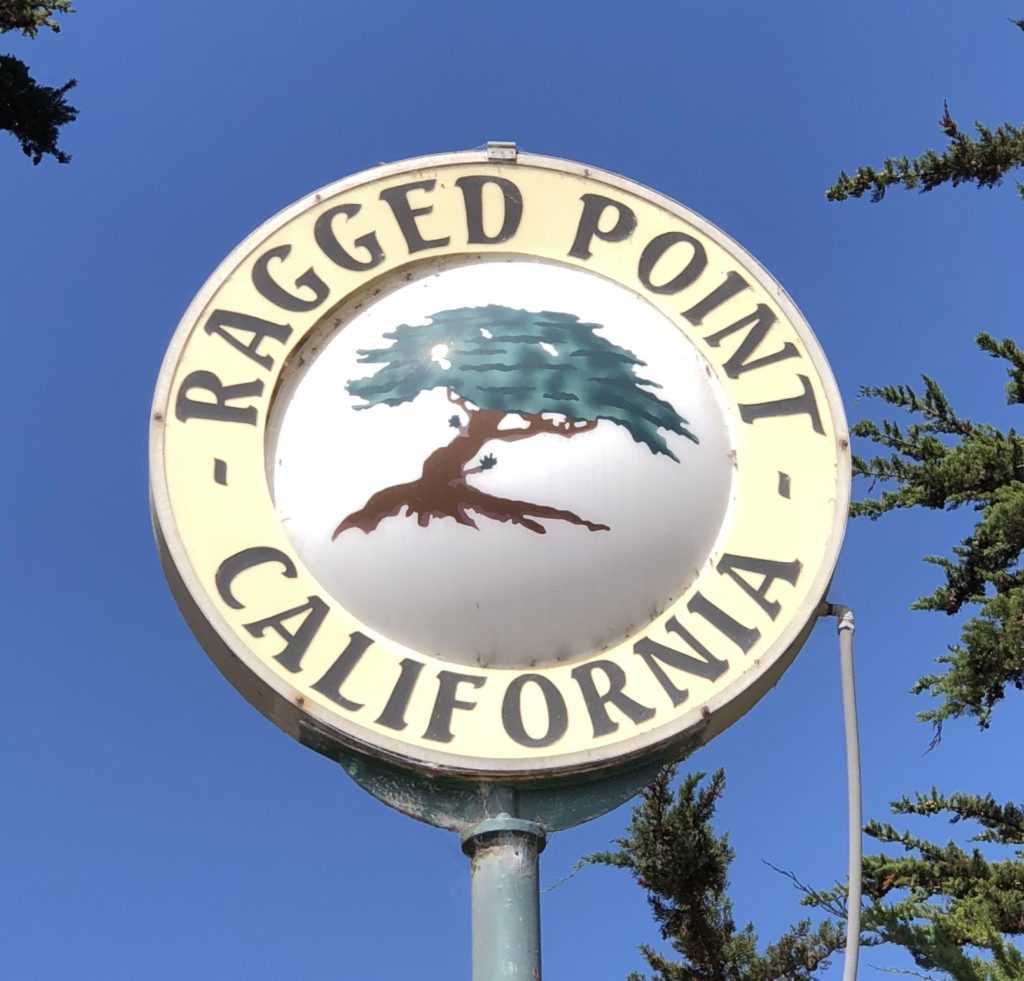 Known for its breathtaking views from its perch 400 feet above the wild Pacific coastline, Ragged Point Inn is often called the gateway to Big Sur. Ragged Point consists of not only an Inn, but also a cafe, restaurant, gift shop, mini mart, ice cream parlor, and gas station. It is basically a self-sufficient little community in the remote wilderness that is Big Sur.
Known for its breathtaking views from its perch 400 feet above the wild Pacific coastline, Ragged Point Inn is often called the gateway to Big Sur. Ragged Point consists of not only an Inn, but also a cafe, restaurant, gift shop, mini mart, ice cream parlor, and gas station. It is basically a self-sufficient little community in the remote wilderness that is Big Sur. 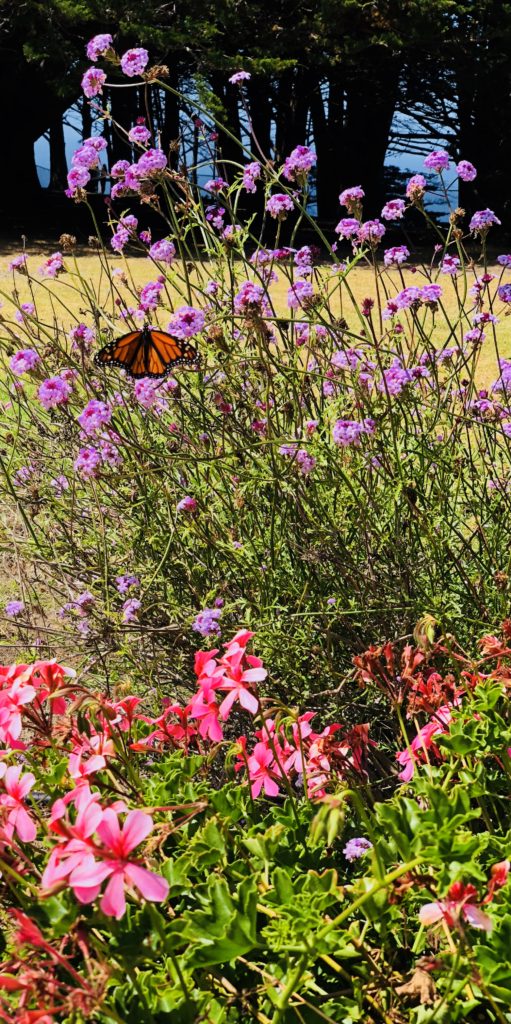 Ragged Point features beautiful flower gardens, fountains, and pathways filled with gently drifting Monarch butterflies and swiftly darting hummingbirds. Fabulous ocean vistas include myriad sightings of seals, dolphins, and migrating whales. Live music is an attraction on weekends and holidays, lasting throughout the summer into October. There are also photo ops at the “Portal to Big Sur”, a wooden sculpture that looks like a big donut (or toilet seat, you decide). There is also a fairly steep and somewhat challenging hiking trail leading down to the beach.
Ragged Point features beautiful flower gardens, fountains, and pathways filled with gently drifting Monarch butterflies and swiftly darting hummingbirds. Fabulous ocean vistas include myriad sightings of seals, dolphins, and migrating whales. Live music is an attraction on weekends and holidays, lasting throughout the summer into October. There are also photo ops at the “Portal to Big Sur”, a wooden sculpture that looks like a big donut (or toilet seat, you decide). There is also a fairly steep and somewhat challenging hiking trail leading down to the beach.
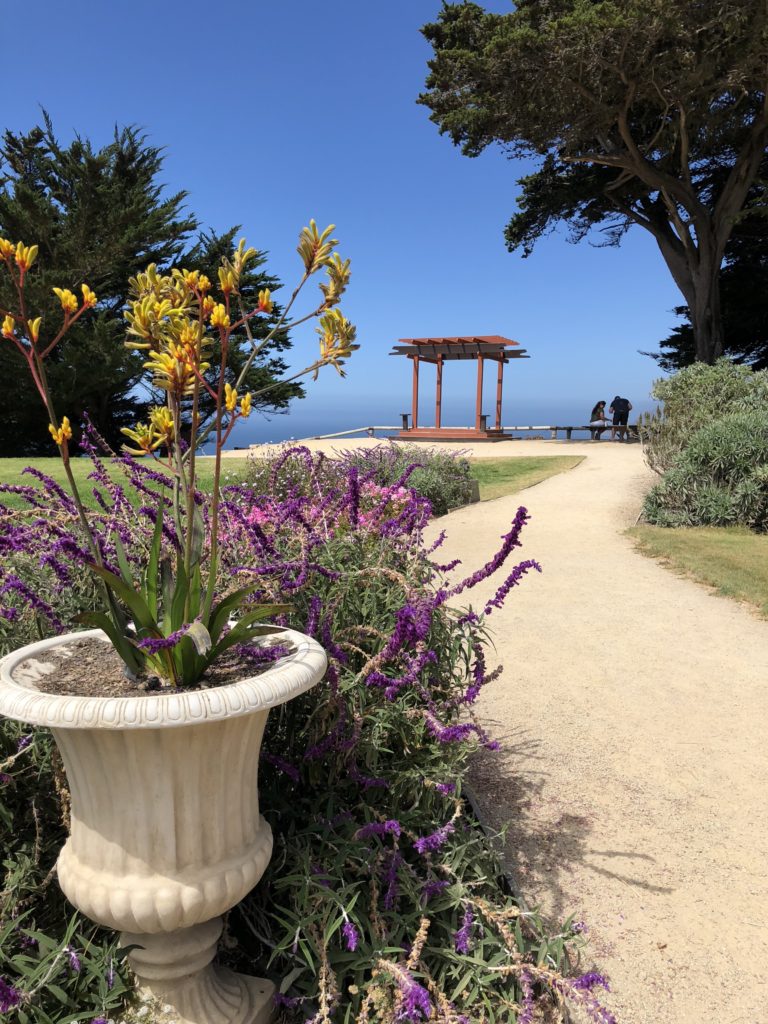 Helpful Tips:
Helpful Tips:- No Wifi unless you are staying at the Inn, and even then it is sketchy
- Expensive gas prices
- No cell service
- Rooms are a bit outdated
- A good place to stop on the long drive between outposts of civilization in the area
- Pets are allowed at the Inn and on the premises
Other Fun Activities in the Area:- Hike to Salmon Creek Falls. This natural waterfall is located 3.6 miles north of Ragged point Inn close to Hwy 1. An interesting feature of the waterfall is that it actually starts out as two waterfalls that merge into one as they cascade down 120 feet. It is a relatively easy and popular hike with a round trip distance of only .25 miles. The pullout for the trailhead is 45 miles south of Pfeiffer Big Sur State Park. The falls are visible from Hwy 1. Salmon Creek Falls is also next to the Silver Peak Wilderness area. For more information, see Salmon Creek Falls
- Visit Piedras Blancas Elephant Seal Rookery. Located almost 11 miles south of Ragged Point Inn, the colony includes more than 17,000 elephant seals, which gather seasonally to safely avoid predators and frolic playfully with their pups. Elephant seals are the largest seals in the northern hemisphere. For more information, see Elephant Seals
- Visit Hearst Castle. Located 15 miles south of Ragged Point Inn, Hearst Castle was designed by famed architect Julia Morgan for business magnate William Randolph Hearst. It is nestled on 127 acres of meticulously groomed gardens and terraces. For more information, see Hearst Castle
- Visit San Simeon Pier, 15.5 miles south of Ragged Point Inn. This area is protected by the Marine Life Protection Act and is home to seals, otters, humpback whales, elephant seals, pelicans, ospreys, and much more. For more information, see San Simeon Pier
- Take a tour of Piedras Blancas Light Station, located approximately 9 miles south of Ragged Point. For more information, see Lighthouse
- Visit the romantic village of Cambria, 22 miles south of Ragged Point, for fabulous shopping and delicious sunsets at Moonstone Beach. For more information, see Cambria
- If you are into hiking hidden trails and experiencing isolated beaches, visit the very private Ragged Point Beach. This is 1.8 miles south of Ragged Point Inn. The trailhead starts at a small pull-out parking area on a bend between a blue call box and a “no campfires” sign. The trail is called Ragged Point Cliffside Trail. It is a .6 mile steep and fairly strenuous hike with a 400-foot change in elevation. The black sand beach is extremely private and is flanked by rocky bluffs. There is also a seasonal waterfall here called Black Swift Falls.
- Visit the Big Sur Jade Festival in the Lost Padres National Forest, directly across from Sand Dollar Beach on Hwy 1. This beloved annual festival, which draws people from all over the world, is usually held for three days in October. Multiple vendors sell and showcase their work, ranging from tiny, delicate pieces of jewelry to huge slabs of stone harvested from the sea. For more information, see Big Sur Jade Festival
I hope that you enjoy Ragged Point and the wonderful sights around it! Thank you for visiting my blog. Wishing you peace, love, happiness, and beautiful vistas!